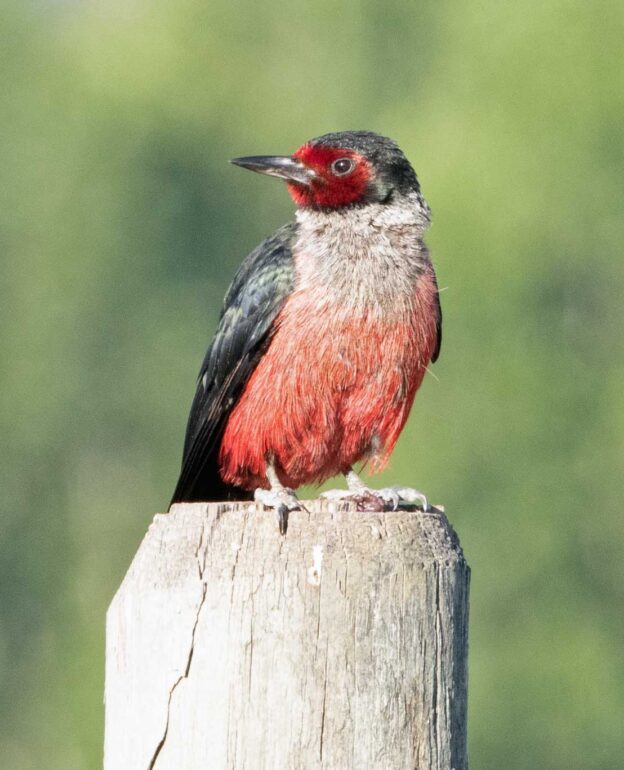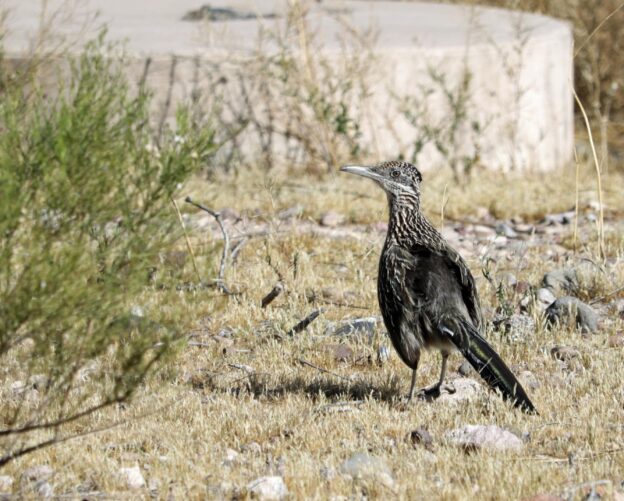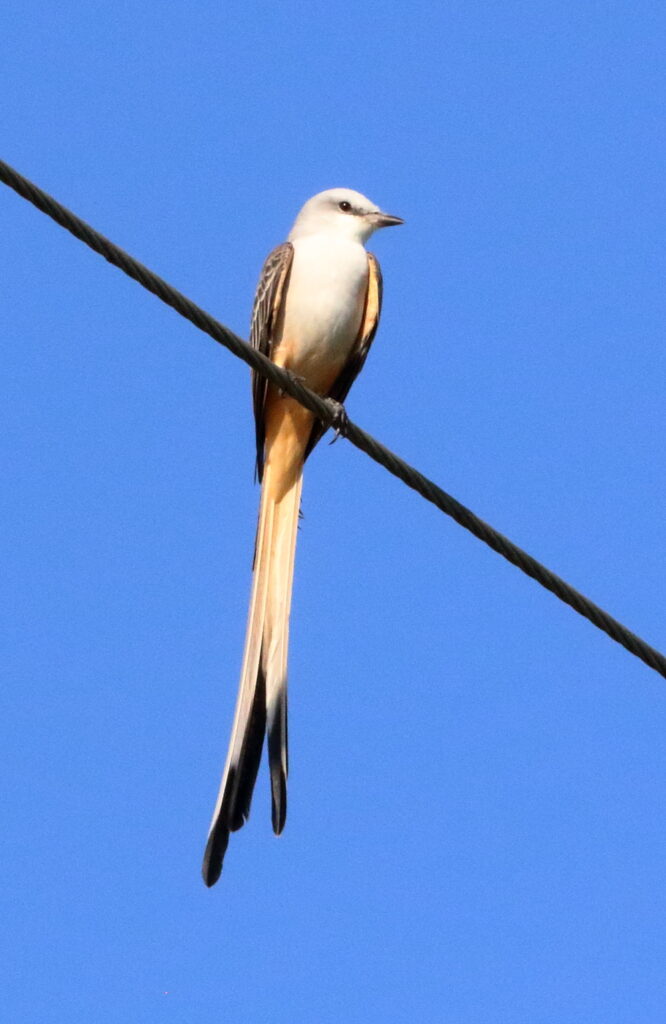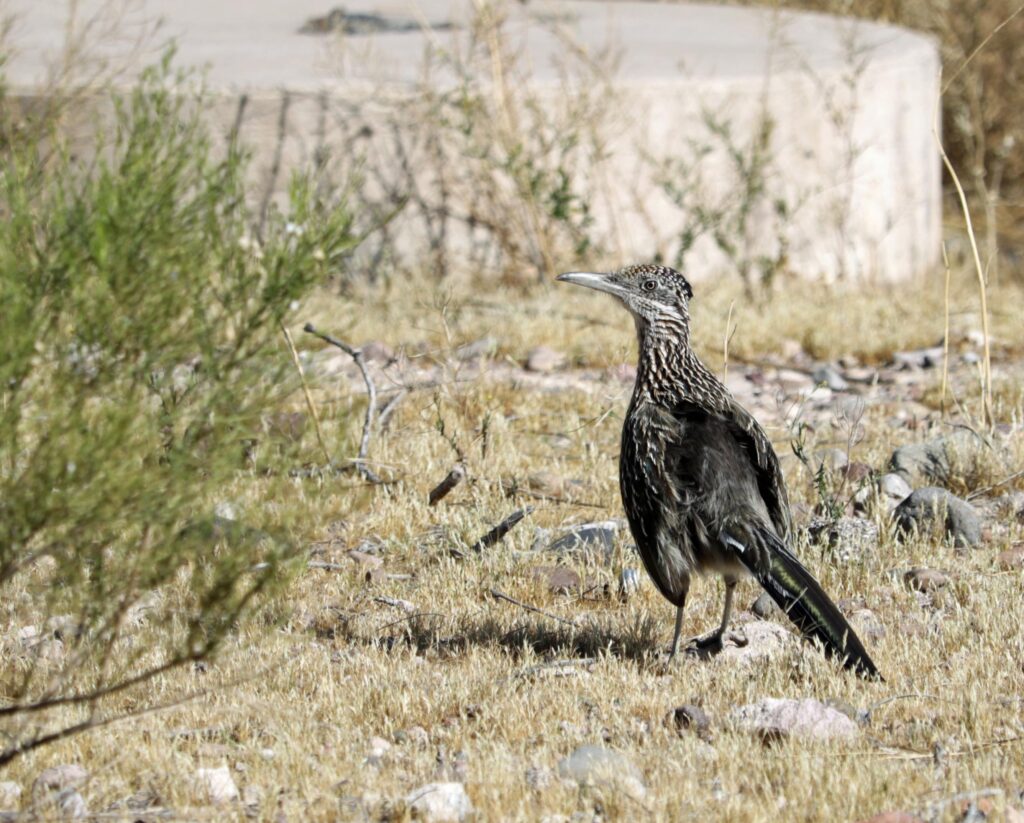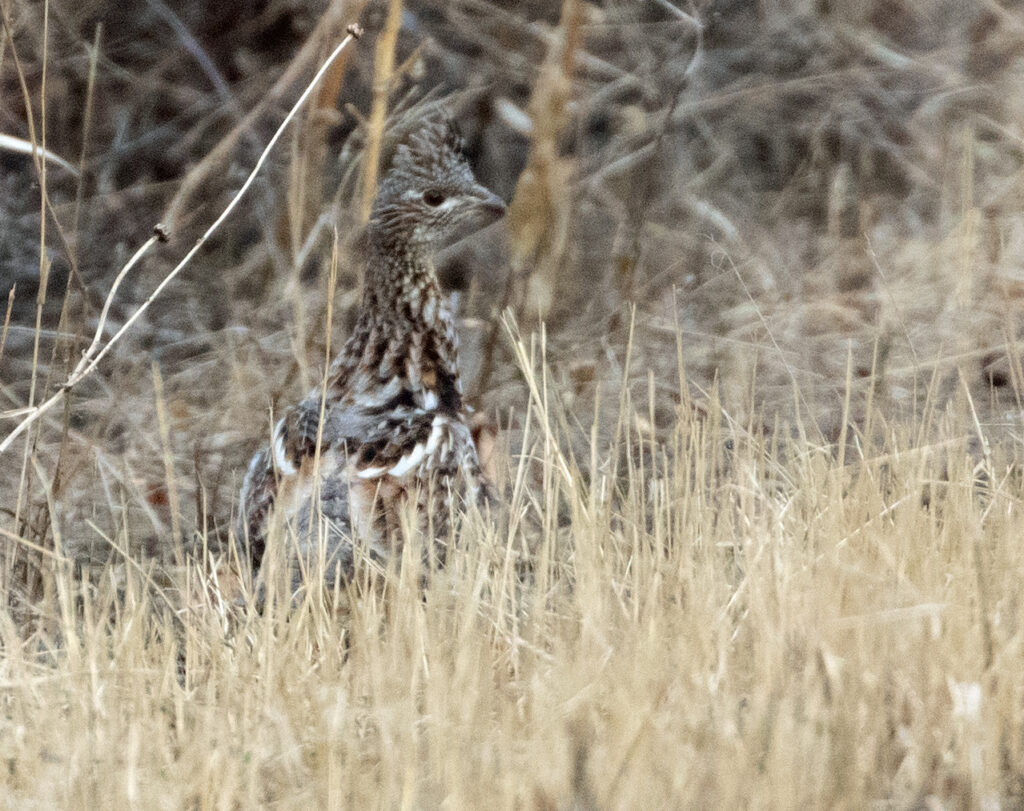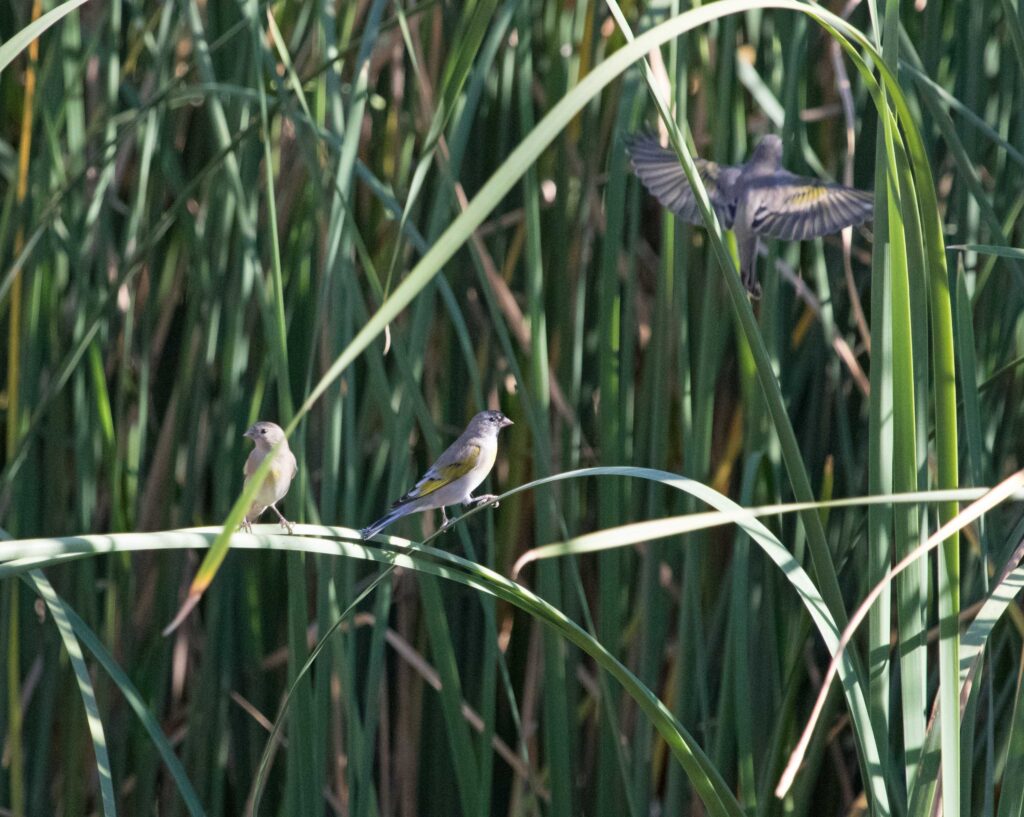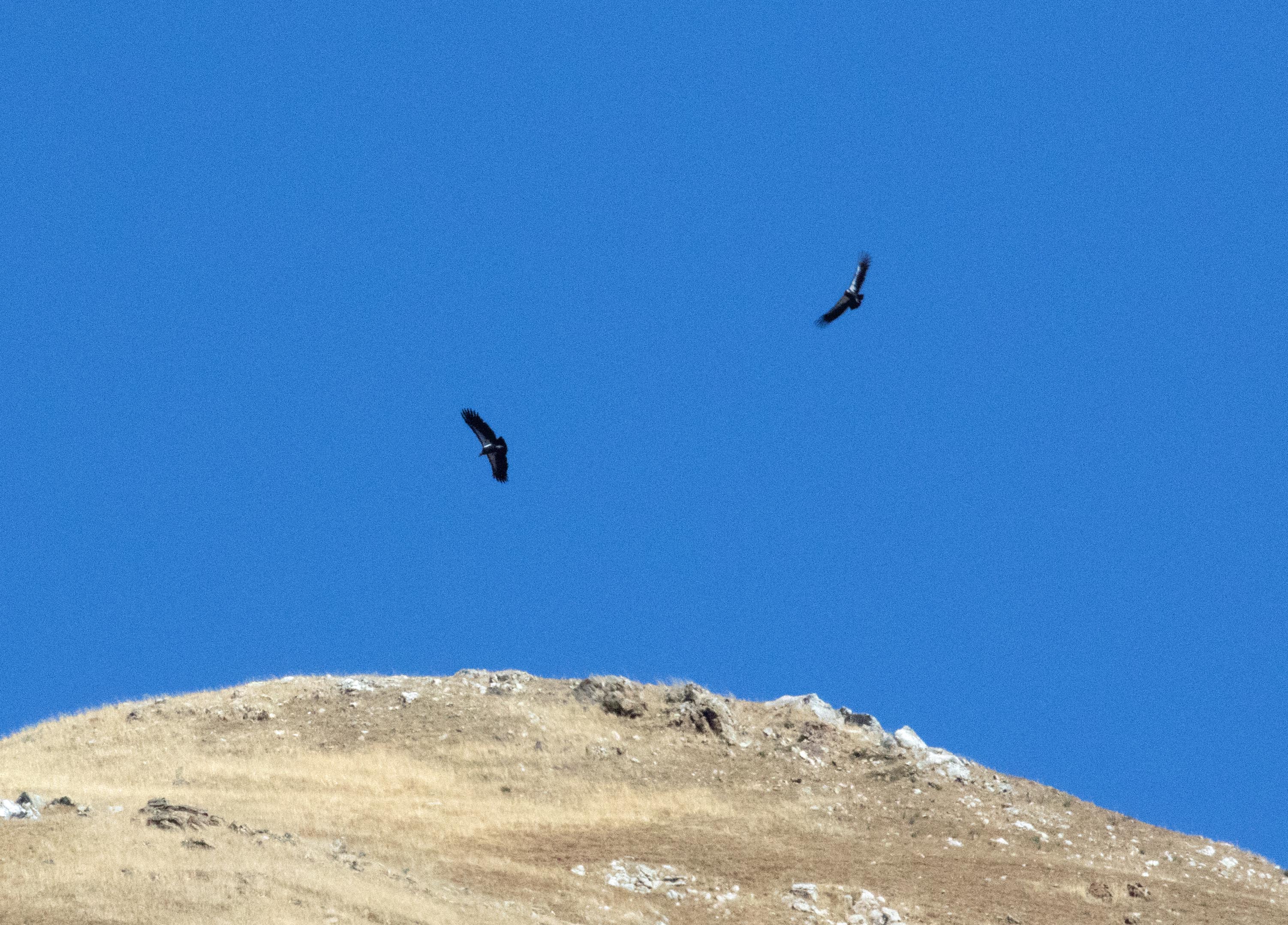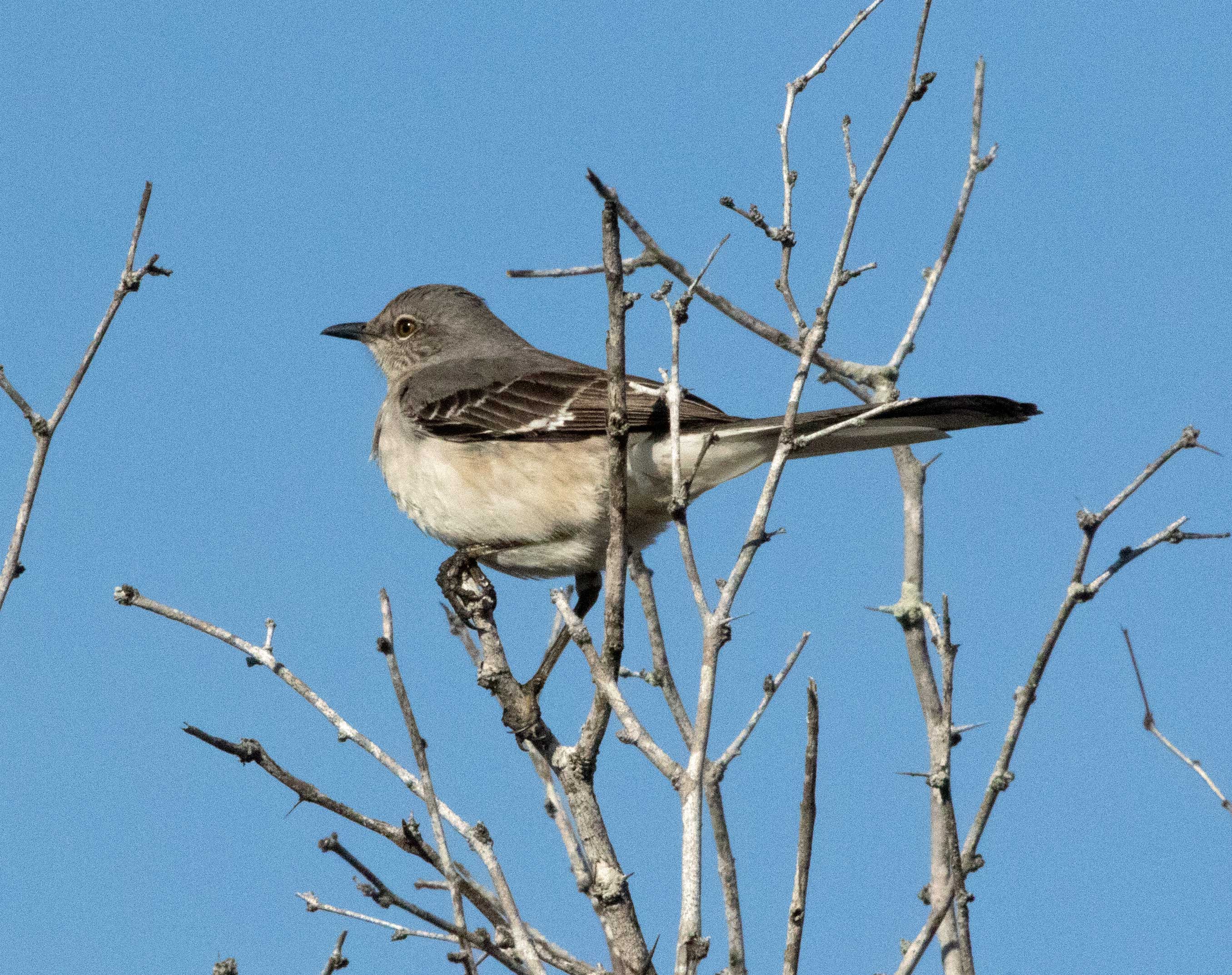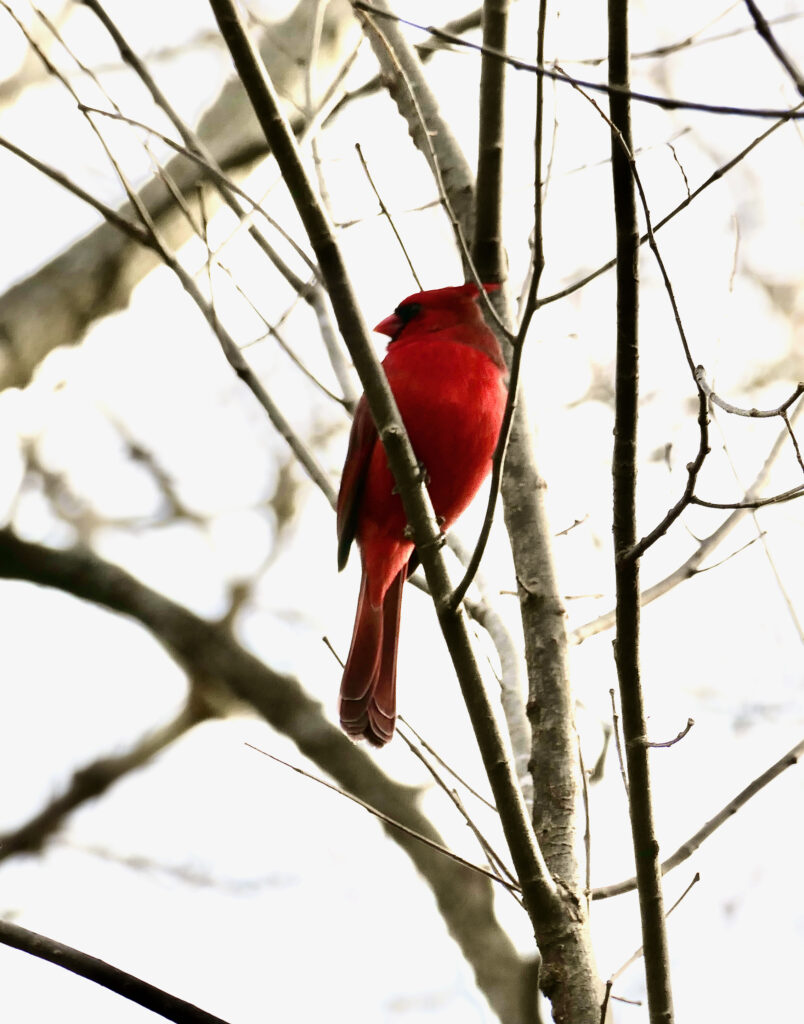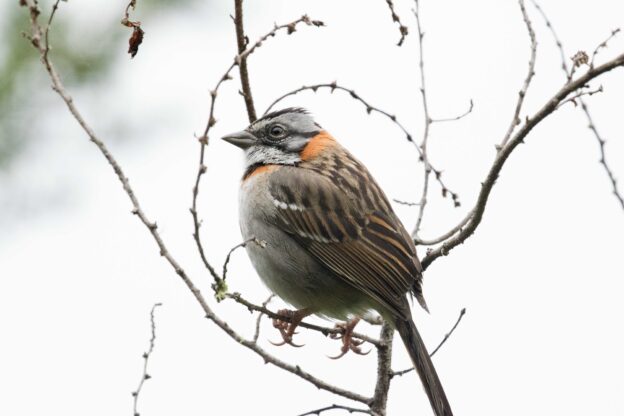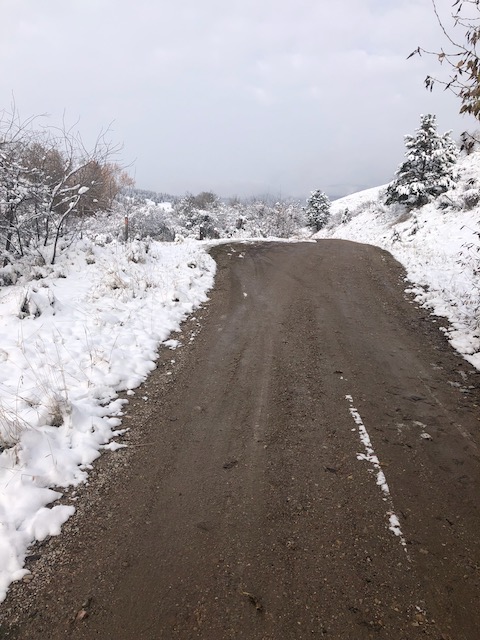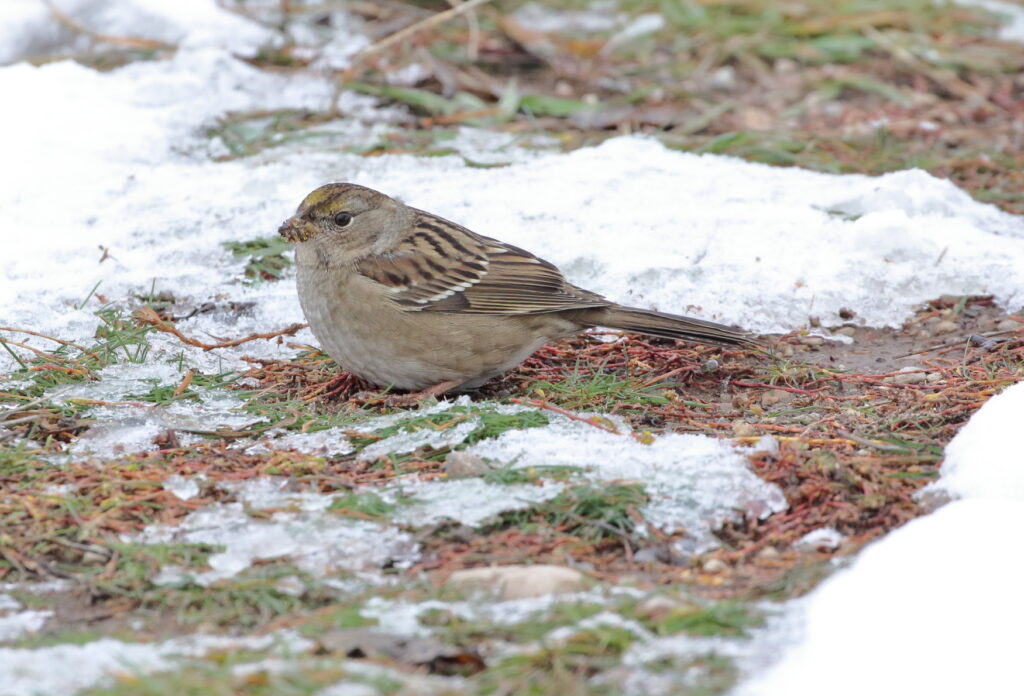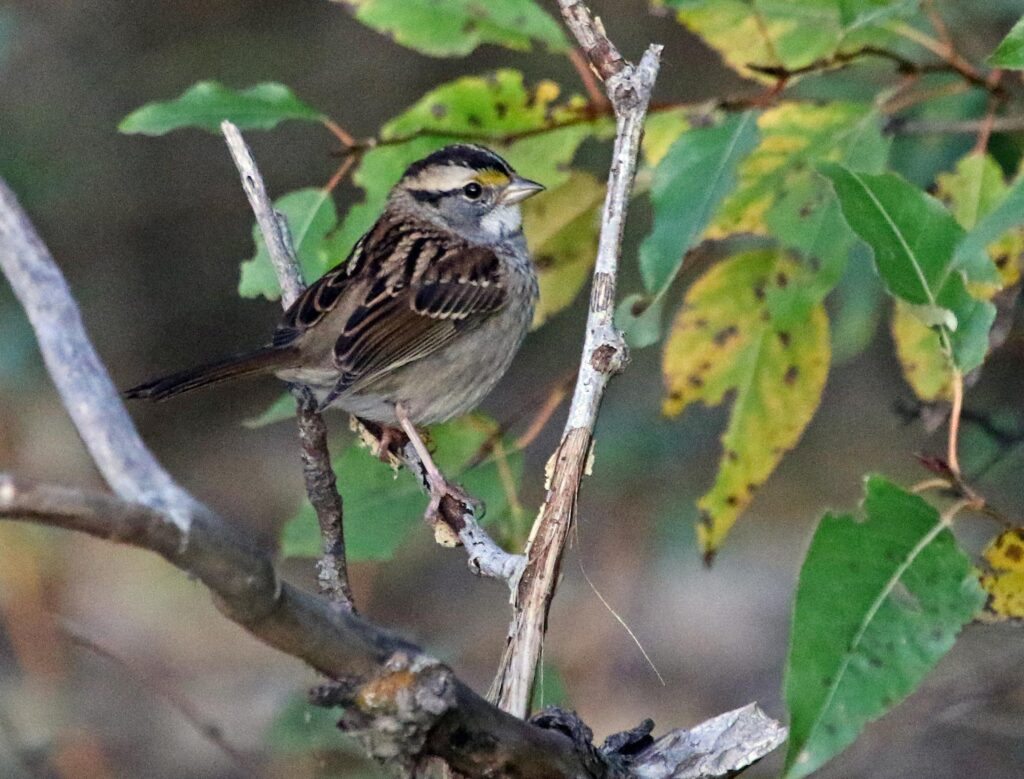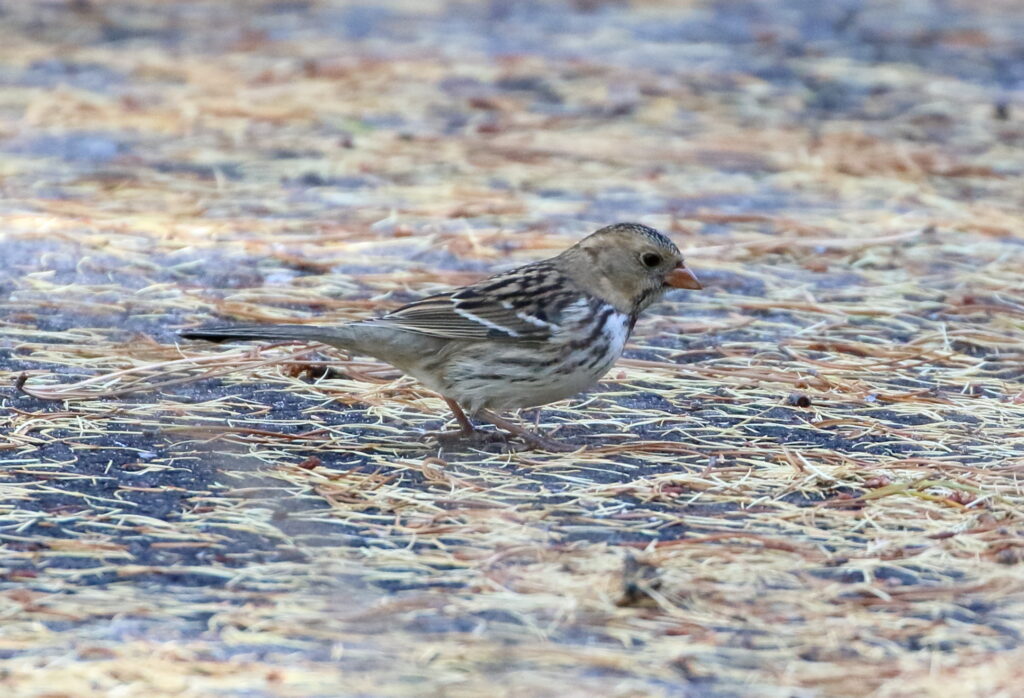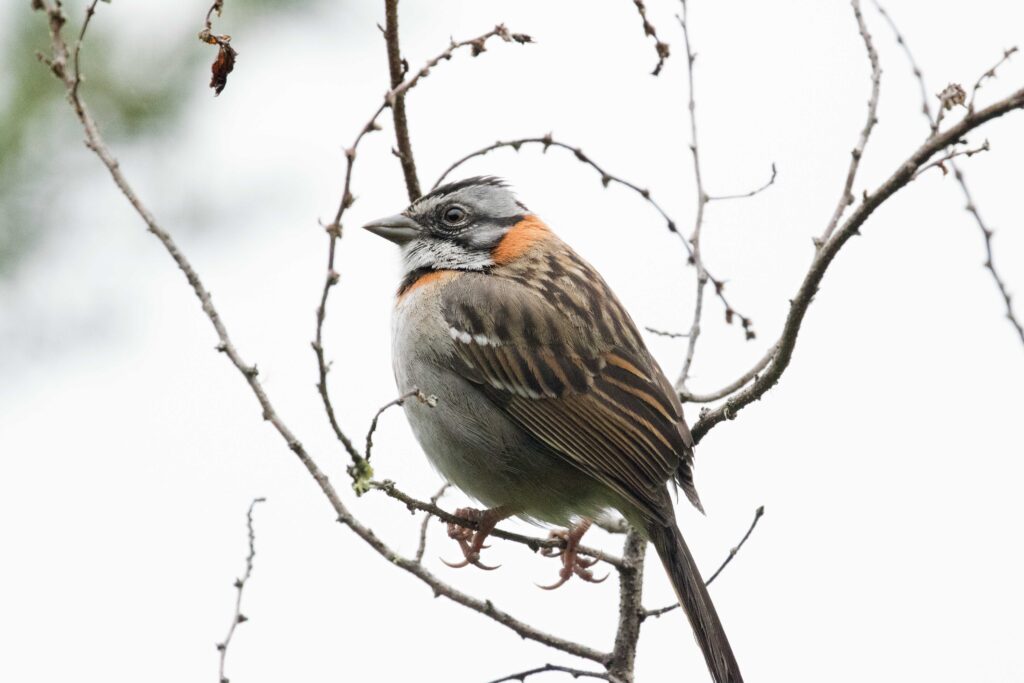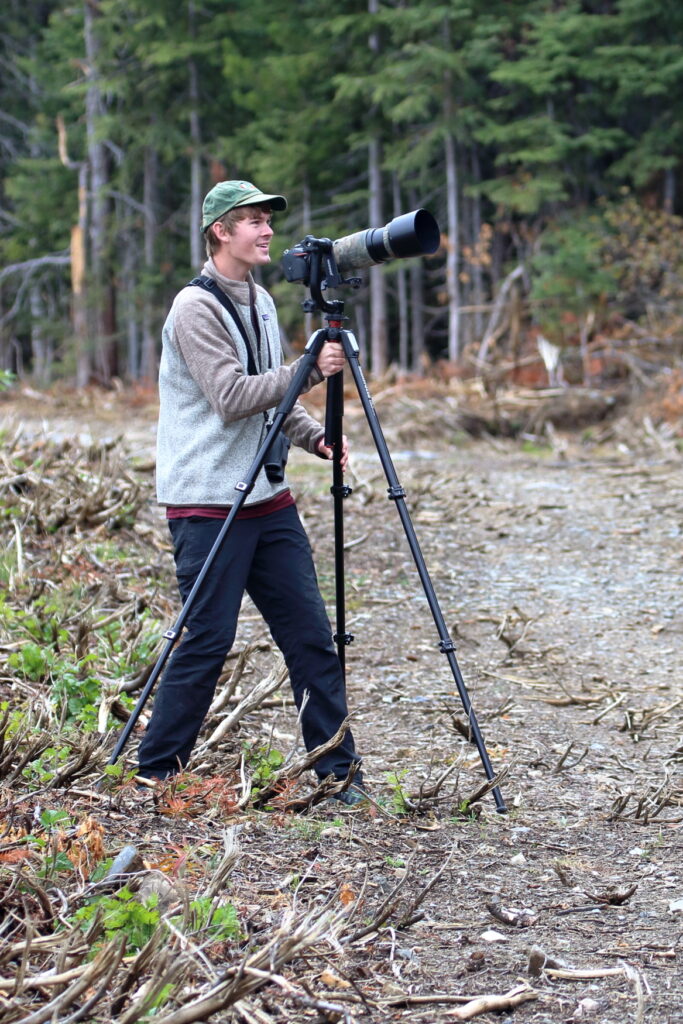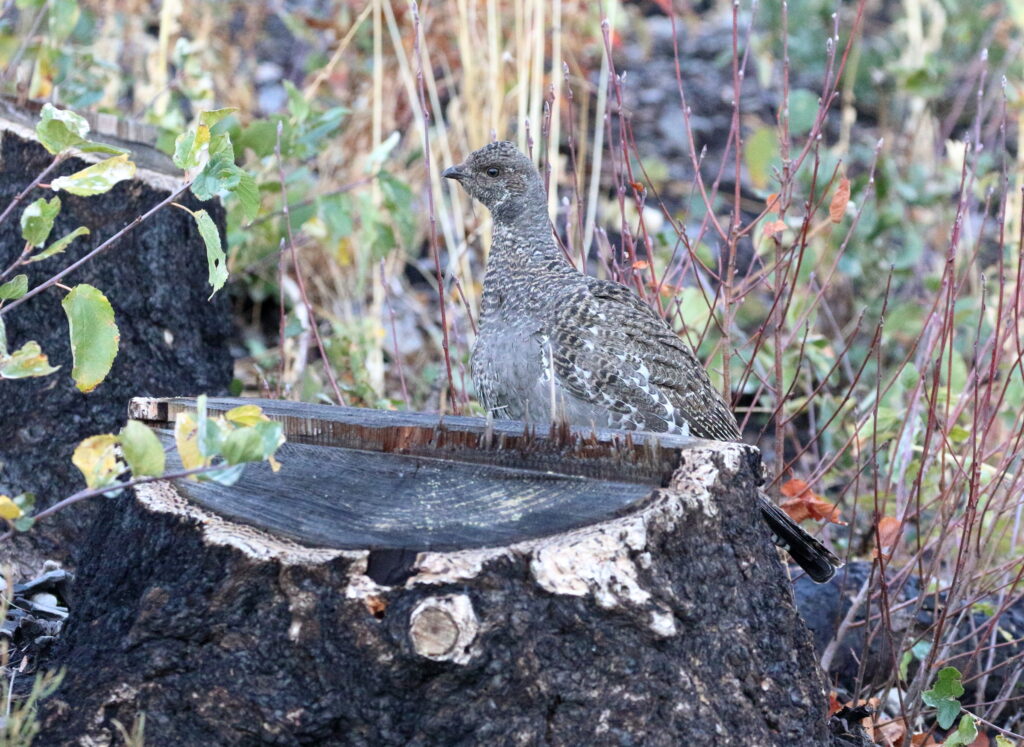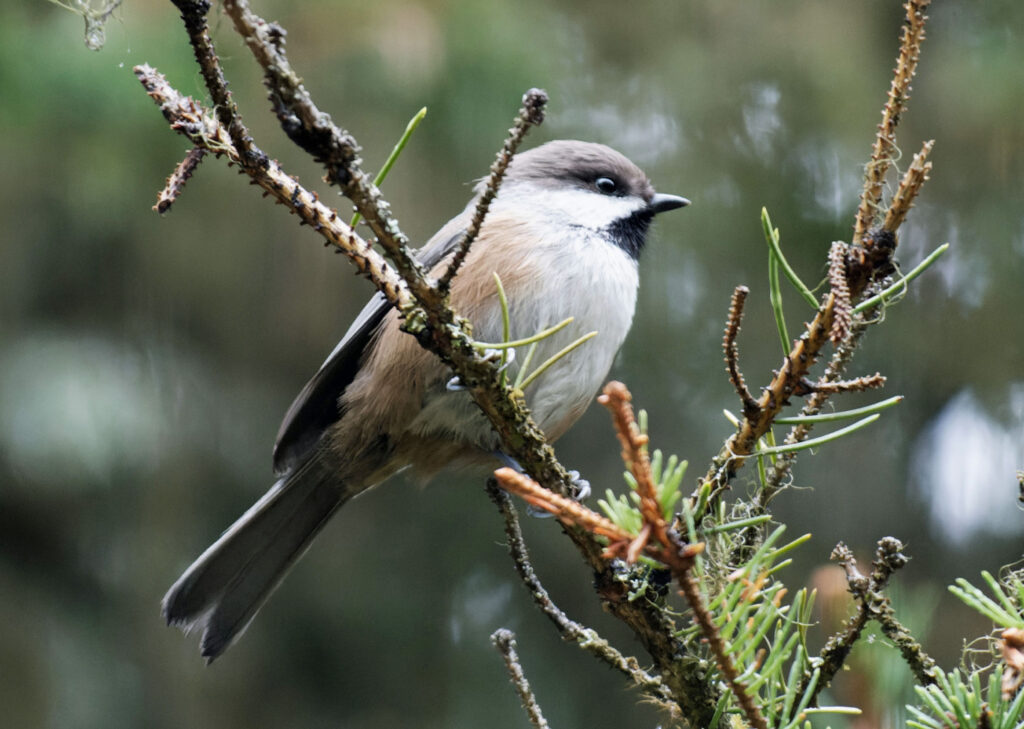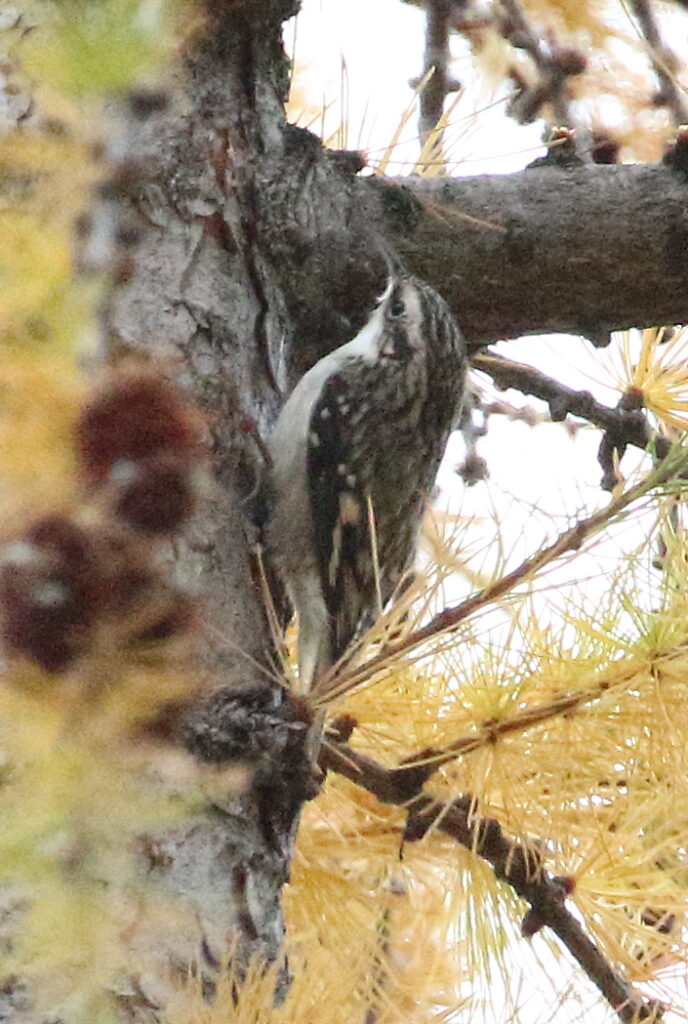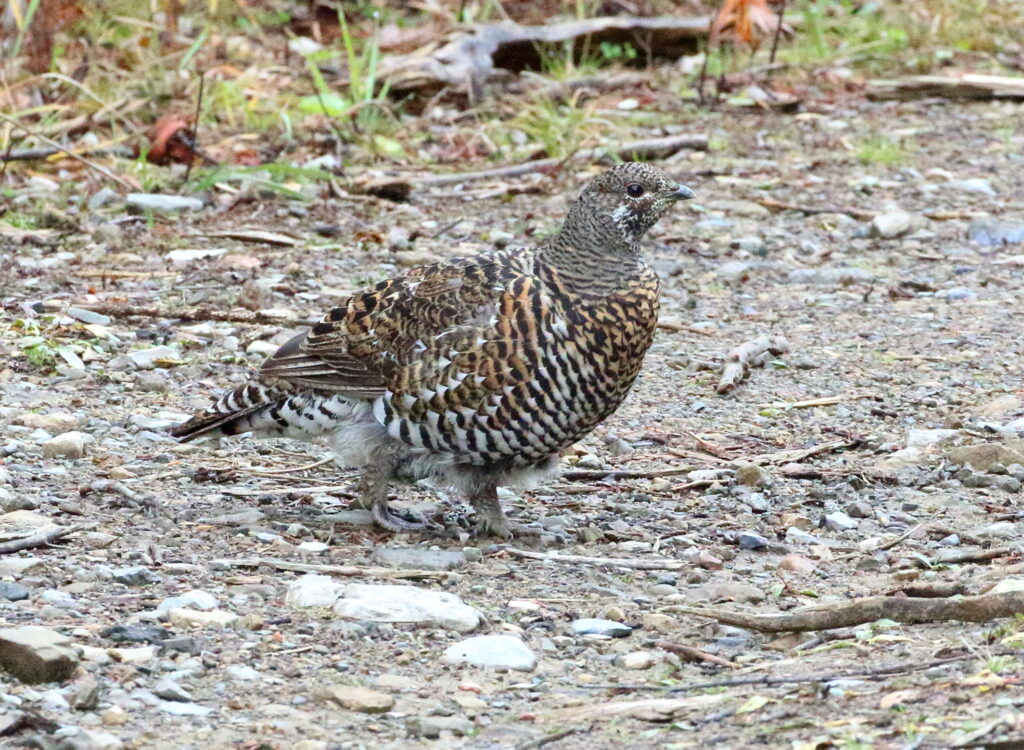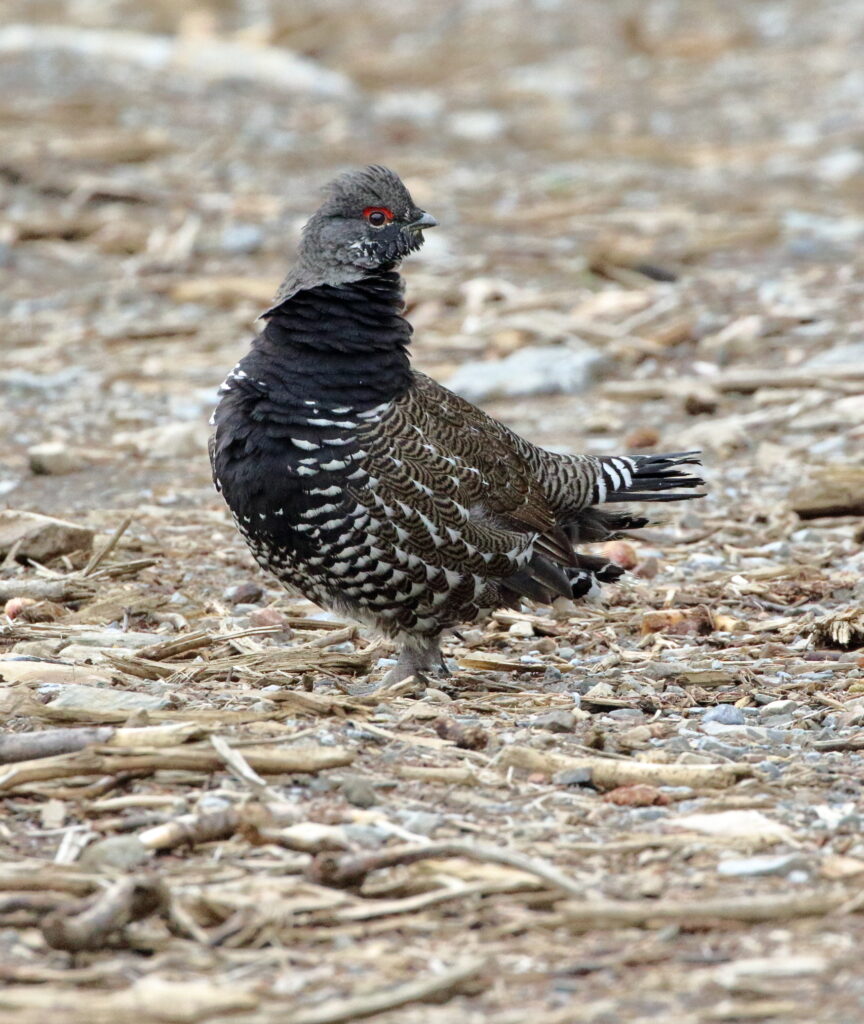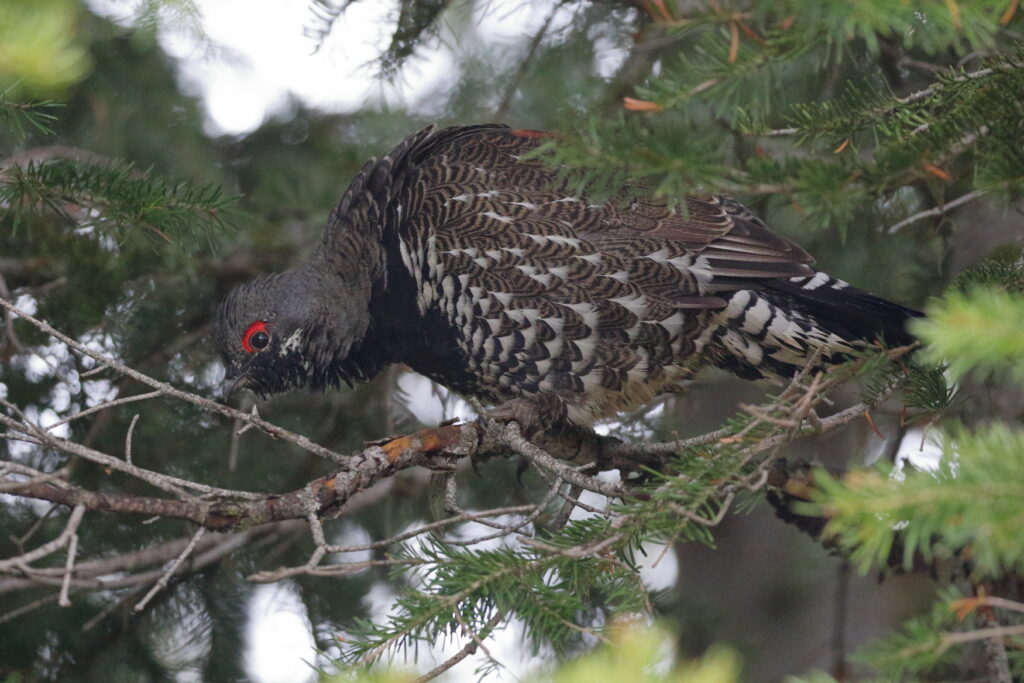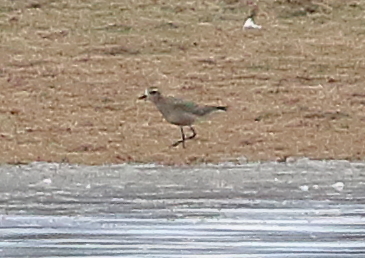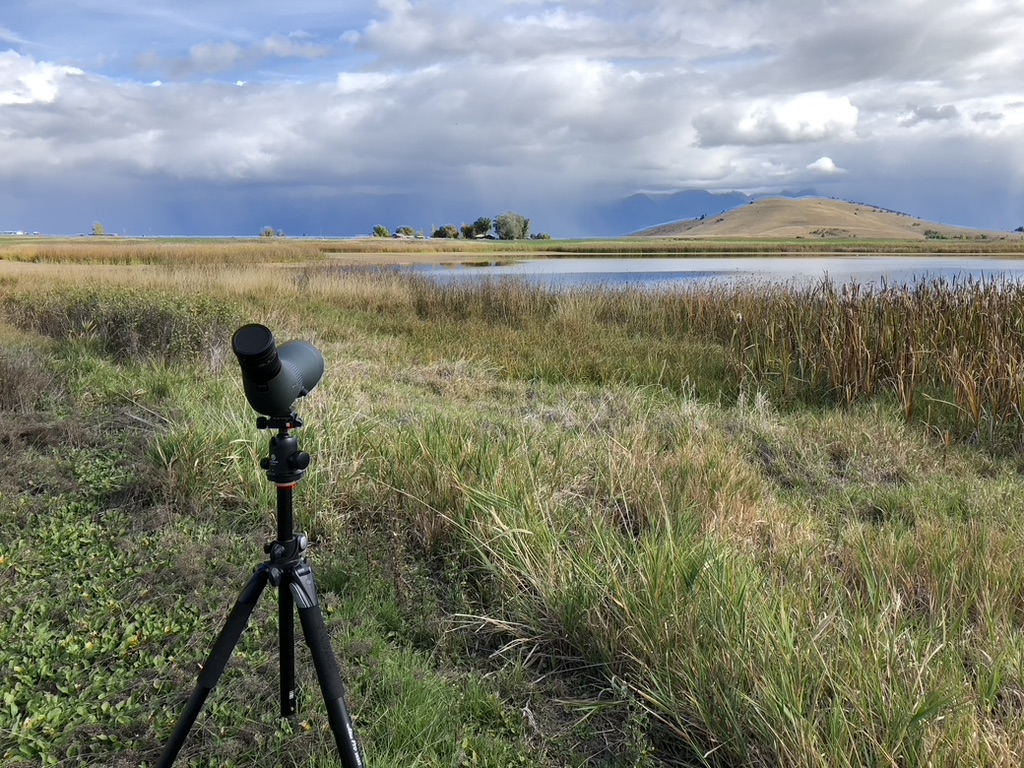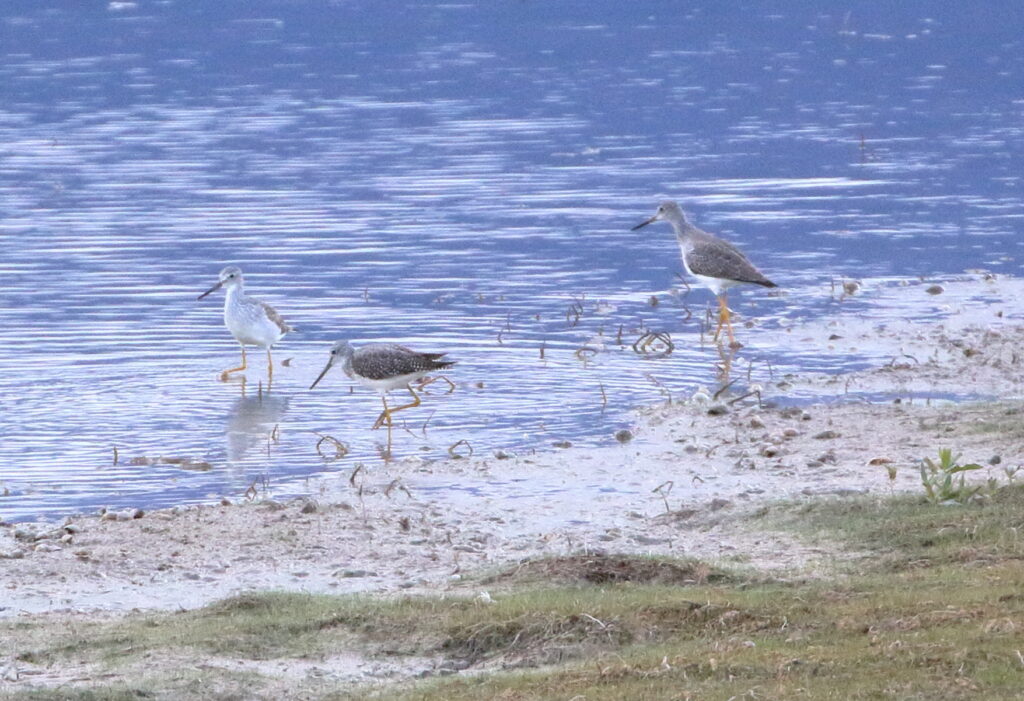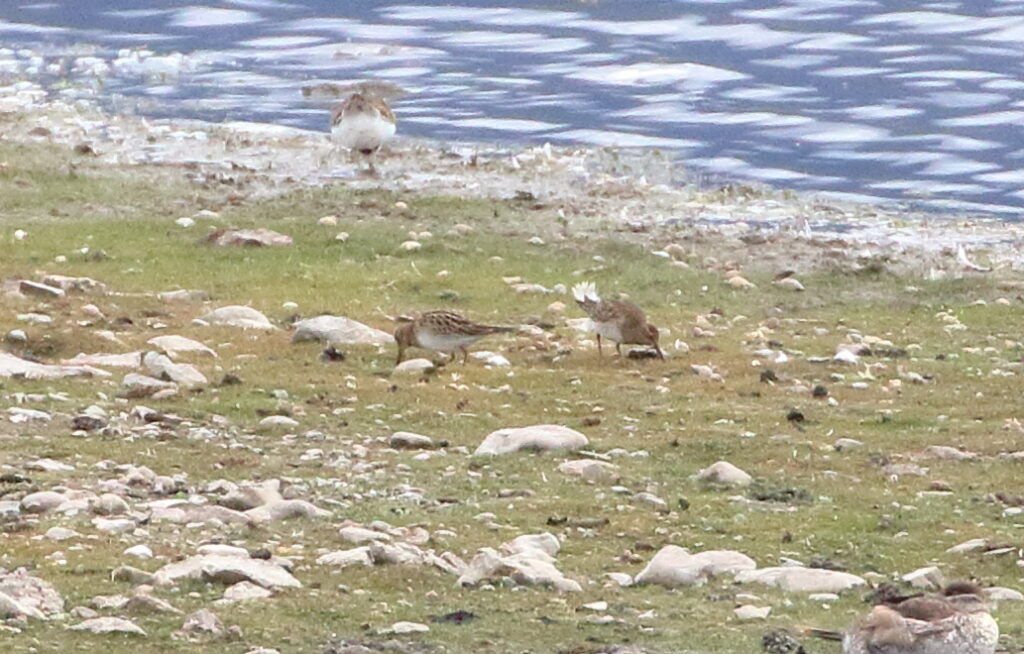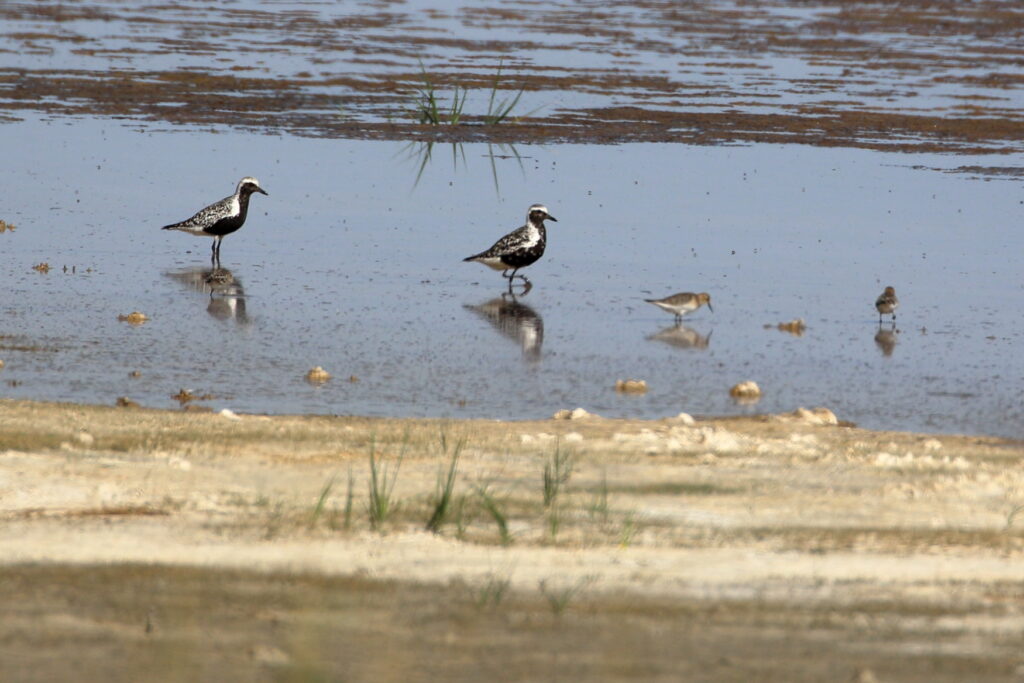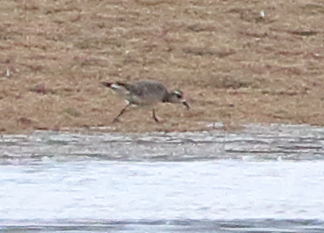We had planned to publish this post on Thanksgiving, but were in Minnesota and the “auto publish” tool failed—and not for the first time. Still, we hope you enjoy this post-Thanksgiving post, and even more, we hope you all had a lovely long weekend with friends and family. Braden and I have much to be grateful for—including you, our faithful readers—and thank you for your interest and enthusiasm over the years. Now get out there and bird!
Lest you think the birding community is immune from internecine disputes, I present to you two issues that have been roiling birders for the past decade: the woeful situation of horrible state bird choices, and the more recent—and contentious—decision by the American Ornithological Society to begin changing English language common names of all birds named after people. Braden recently addressed the disgraceful situation surrounding our state birds in his post “Getting Serious About State Birds”. Today, I’d like to tackle the AOS’s earth-shaking naming decision.
If you’re a birder, you pretty much have to be living under a rock not to know about this recent shocker. A complete, explanatory news release can be found here, but basically, the American Ornithological Society has long assumed responsibility for the English language common names of all American birds. After years of debate, it has decided to axe all eponymous bird names—those honoring specific individuals. This decision has triggered several immediate results. One is to improve the vocabulary of millions of Americans (myself included) who have had to look up the word “eponymous” in the dictionary. The second is to unleash a foaming volcano of vitriol as birders across America—nay, the world—have vigorously defended and attacked the new policy.
I’ll just come out and say that both Braden and I generally support the AOS decision, but as with most things, the matter is more nuanced than passionate social media posts lead you to believe. There’s no question that certain eponymous names can be deemed offensive, but there are plenty of others that you have to try really hard to be offended by—and it’s a shame we have to chuck the baby out with the (bird) bath water. Unfortunately, failing to do so would ignite endless, often pointless debate about each and every eponymous bird name that exists. All of that time, energy, and money is better spent protecting birds rather than debating their names, and so the AOS wisely decided to wipe the slate clean.
Rather than add to the already burdensome body of opinion flooding the media, Braden and I decided it would be fun simply to pick five of our favorite Rocky Mountains birds that will be impacted by this decision—and try to come up with the perfect new names for each. We hope you will weigh in with your own (non-offensive) thoughts about our choices, as well as your own (non-offensive) alternatives. We will start with perhaps our favorite North American warbler—and perhaps the most difficult to rename.
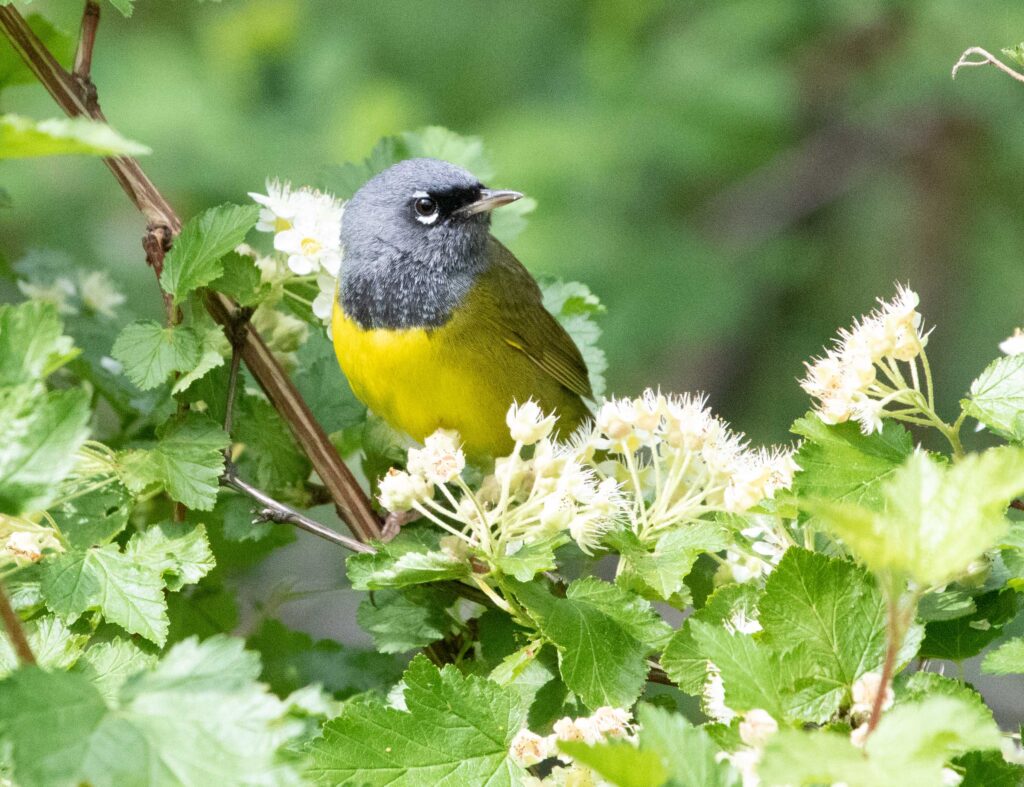
MACGILLIVRAY’S WARBLER
One of the ironies of MacGillivray’s Warbler is that it was named after an 18th-century Scottish ornithologist who devoted much of his life to, you guessed it, coming up with better names for British birds! Names such as Red-throated Thistlefinch, Quaketail, and Provence Furzeling—none of which survived the test of time. MacGillivray was a controversial figure and apparently offended almost everyone during his lifetime, but that didn’t stop John James Audubon from naming one of our most spectacular American warblers after him. I mean, just look at this bird. He’s not as showy as some others, but his colors are refined, sophisticated. Any lady of quality will recognize it—and if his looks don’t do it, his sweet sophisticated song will clinch the deal. Braden and I always stop when a MGWA pops out of a bush, and we’re not the only ones. But what should the AOS call it?
The bird breeds in shrubby places, often near streams or in recent burn areas, but somehow Shrubby Warbler or Second-growth Warbler don’t seem deserving of this special bird. As far as its looks, Hooded Warbler and Mourning Warbler are already taken—and honestly, aren’t all that great anyway. The partial white eye rings stand out, and are an identification key, so perhaps Crescent-Eyed Warbler? Its hood also gives off a velvet or satiny sheen, so Velvet-hooded Warbler? Quicksilver Warbler? Silver-headed Warbler? After much agonizing, we have landed on Satin Crescent-Eye. Of the five birds included here, this one poses the toughest challenge, so we’d love to hear your suggestions!
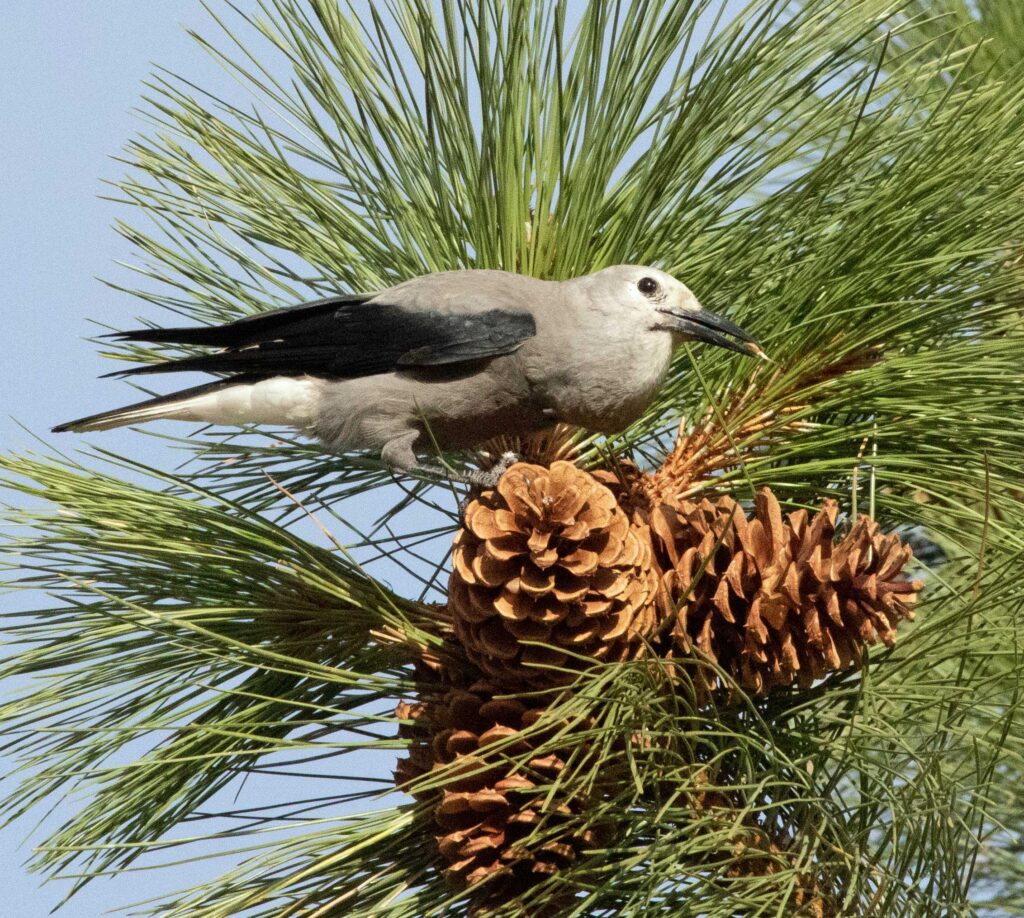
CLARK’S NUTCRACKER
When William Clark, of the famous Lewis and Clark Expedition, first saw a Clark’s Nutcracker, he thought it was a woodpecker. However, that didn’t prevent the bird from becoming one of the most iconic species of the West. Clark’s Nutcrackers are especially known for planting high-altitude pine forests—especially those of the White-barked Pine. Each bird caches thousands of pine seeds, far more than it can use, and the overlooked seeds sprout into new forests. The birds and trees are so interconnected that the pines have actually evolved changes in the shapes of their seeds and cones that facilitate dispersal by the nutcracker. Because of this important and fascinating relationship, Braden and I hereby vote to bestow the bird with the name Whitebark Nutcracker. Long live the nutcracker!
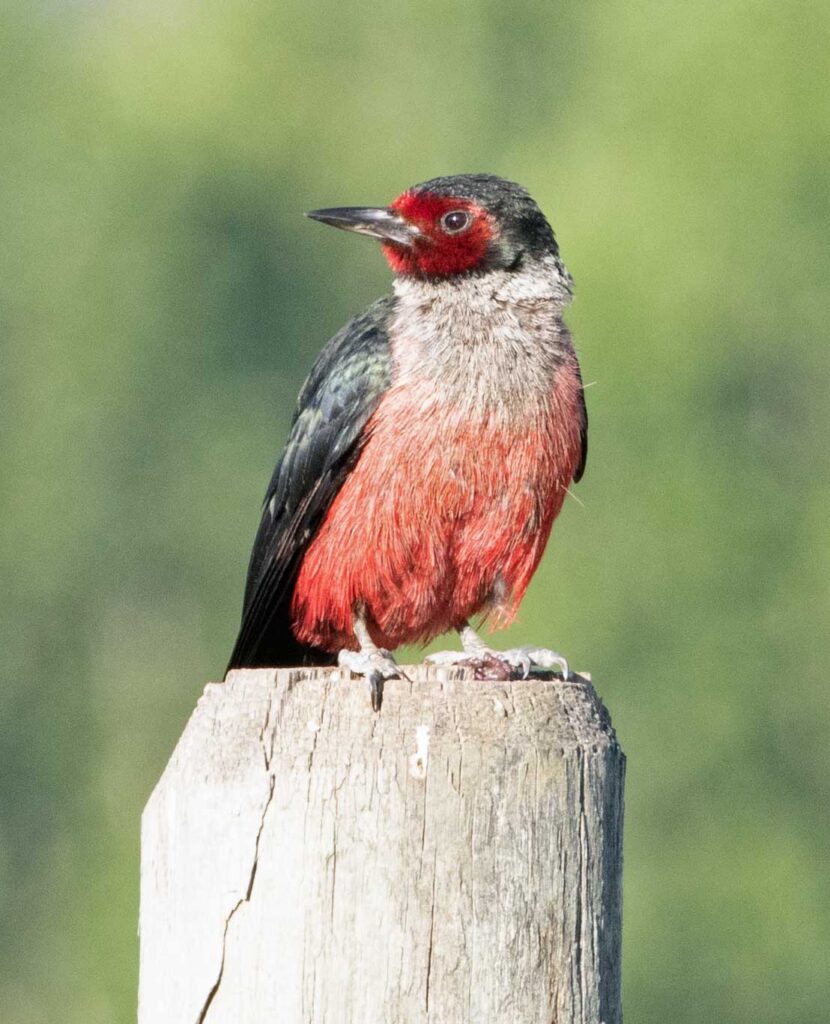
LEWIS’S WOODPECKER
Despite the rather embarrassing ID mistake with the Clark’s Nutcracker, the Lewis & Clark Expedition did end up being honored with a woodpecker after all—the Lewis’s Woodpecker. Renaming this bird has engendered spirited debate on Facebook and elsewhere, perhaps because Lewis’s may be America’s most stunning woodpecker. With a green back that often looks black, a subtle gray collar, and an absolutely spectacular watermelon-colored breast and face, the bird has inspired a host of potential names such as Glamorous Woodpecker, Pink-and-Green Woodpecker, and Silver-scarfed Glossy Woodpecker. To us, these kinds of names seem a bit plebian and uninspired. Not only that, the decline of the species is most closely related to the loss of a particular type of tree, so why not bestow a name that involves some education as well? Because of this, we officially propose—nay, insist—that this bird henceforth be called the Cottonwood Woodpecker.
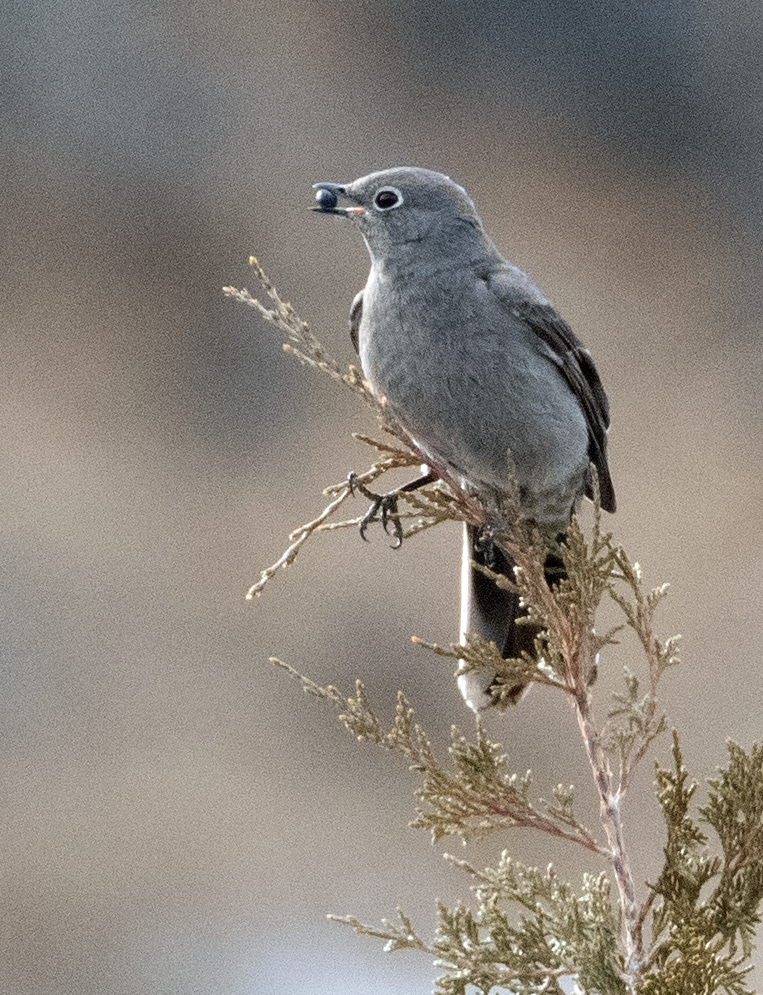
TOWNSEND’S SOLITAIRE
Both Townsend’s Solitaire and Townsend’s Warbler—not to mention at least half a dozen mammals—are named after noted 19th-century naturalist John Kirk Townsend. Townsend came from an ardently anti-slavery Quaker family and accompanied renowned botanist Thomas Nuttall (Nuttall’s Woodpecker) on an 1834 expedition across the Rocky Mountains to the Pacific. During this time, Townsend collected numerous specimens new to Western science—including, coincidentally—MacGillivray’s Warbler! As if all that wasn’t enough to make us love Townsend’s Solitaires, this is a bird that symbolizes the onset of winter, as it descends to our neighborhood after its mountain breeding season. Add to that its lively, musical song and subtle good looks, and the bird has had no trouble flying into our hearts. The AOS decision also gives us a chance to bestow the perfect, slam-dunk name on the bird: Silver Solitaire.
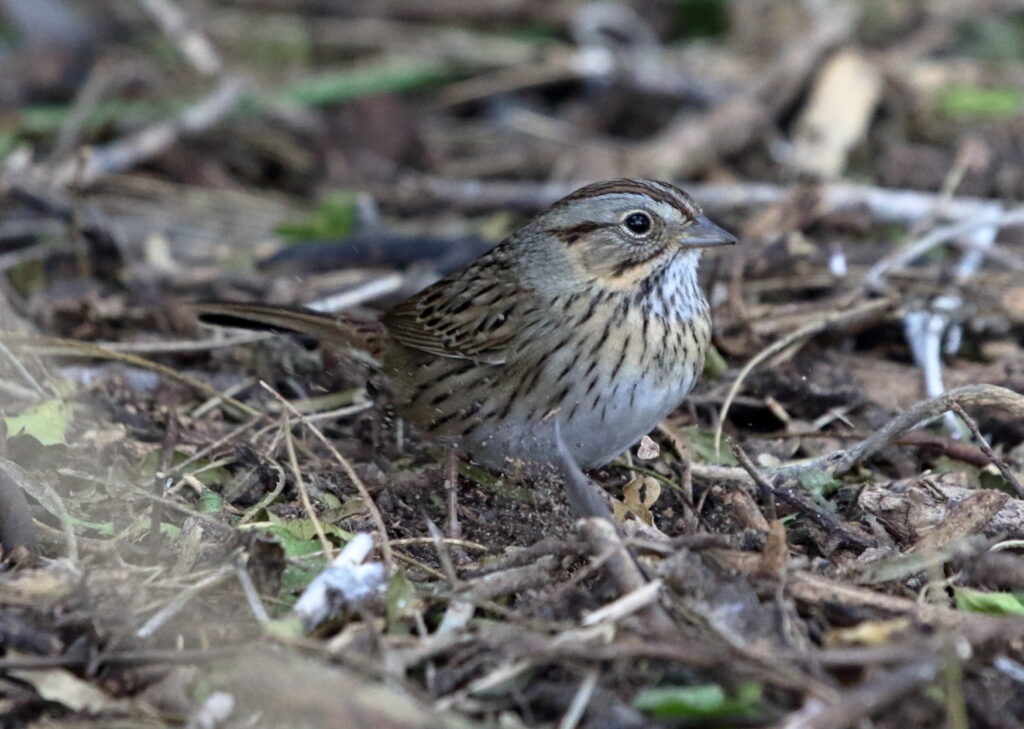
LINCOLN’S SPARROW
You might think that if ever a bird deserves to keep its eponymous name, it’s got to be Lincoln’s Sparrow, right? I mean who can argue with the president that consistently sits atop the list of greatest presidents in our nation’s history? Alas, the bird isn’t named for that Lincoln. Instead, Audubon named it after the 21-year-old son of a friend, Thomas Lincoln, who accompanied him on an expedition to Labrador, Canada. Audubon had not seen a Lincoln’s Sparrow before, but when one popped up, Thomas Lincoln immediately shot it with a slingshot. Even with that fairly bittersweet story, Lincoln’s Sparrow rules our favorite sparrows list.
This bird exudes charm. It breeds in boggy habitats, usually among willows and often near taller perching trees. It sings a complex, multi-part composition that brightens any landscape, and will often pop out on a branch to give birders excellent viewing experiences. Though subtle, its colors are striking. A yellow wash on its breast and “moustache” contrast most beautifully with its gray and rufous head and white eye ring. The subtlety of its colors, however, and superficial resemblance to other sparrows, makes the bird particularly challenging to rename. Swamp Sparrow, after all, is already taken. Our friend, ornithologist Dick Hutto, suggests Willow Sparrow and that’s not half-bad, but we feel the bird deserves something more inspiring. We therefore dub it . . . Autumn Sparrow! This name not only matches its colors, but coincides with one of the two seasons when many U.S. birders have their best shot at seeing the bird since it can only be found in most states during migration.
So that’s a wrap. We’ve done the heavy listing for the AOS on some of America’s favorite birds. Now, the committee will just have to roll up its sleeves and figure out the other 75 or so species on their immediate list! Braden and I wish them good luck—and if they run into trouble, they know who to call. Our rates are very reasonable.

